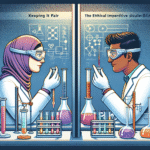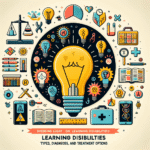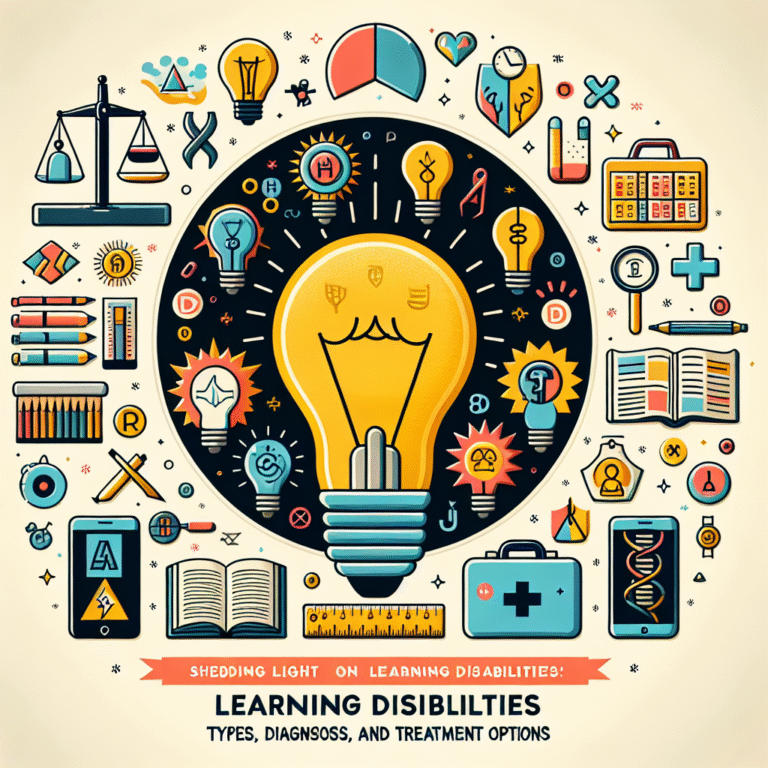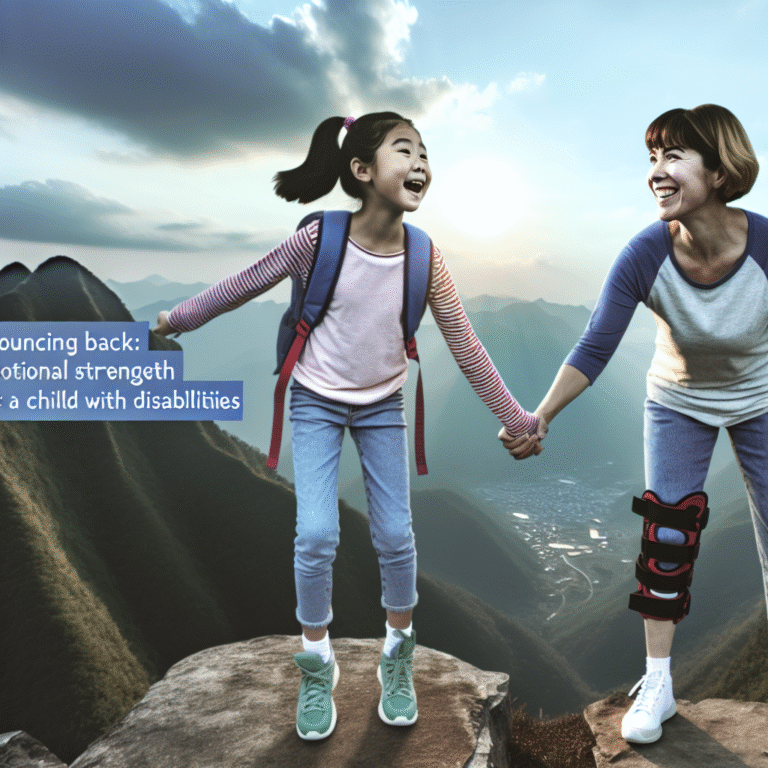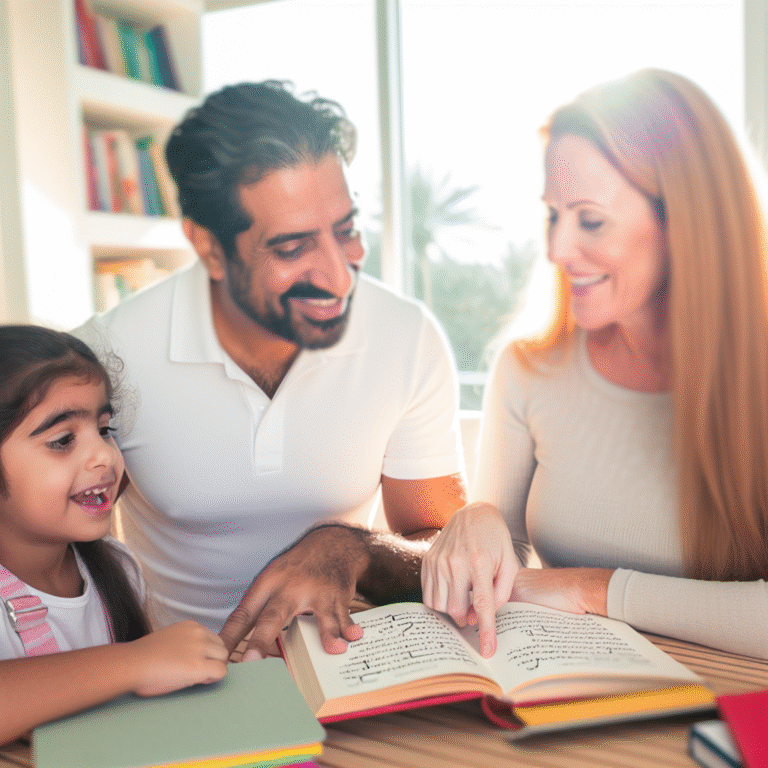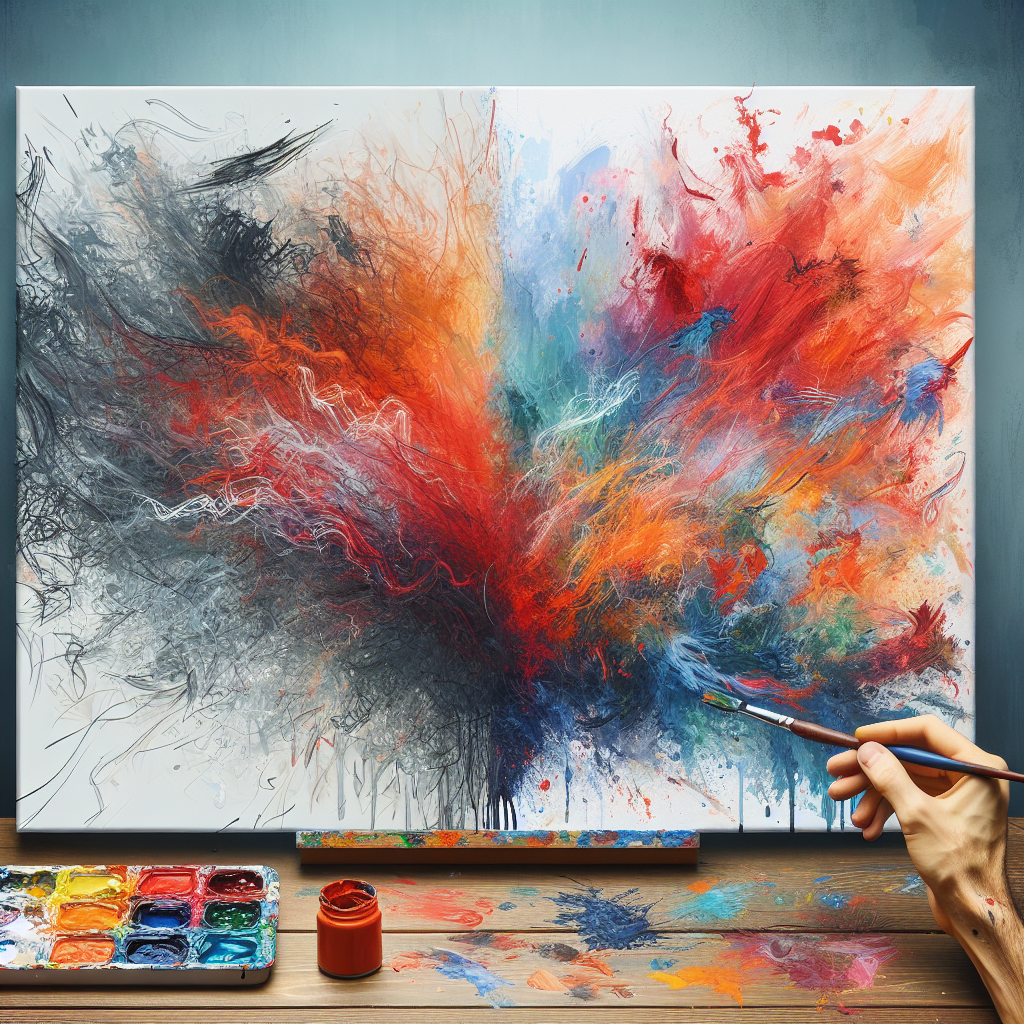
From Blank Canvas to Peace of Mind: The Ultimate Art Therapy for Anxiety Reduction
Introduction
Imagine walking into a room, the scent of fresh paint mingling with the smell of brushes and canvas. At first glance, it appears to be mere chaos, but on closer inspection, it transforms into a sanctuary of creativity and expression. This room, filled with varied colors, forms, and textures, holds the power to reduce anxiety and foster peace of mind. Welcome to the transformative world of art therapy. In this article, we will explore how From Blank Canvas to Peace of Mind: Art Therapy for Anxiety Reduction plays a pivotal role in managing stress and anxiety, providing individuals with a creative outlet that promotes emotional healing and resilience.
Understanding Art Therapy
What is Art Therapy?
Art therapy is a therapeutic technique that encourages individuals to explore their feelings, express emotions, and resolve conflicts through creative processes. It combines the principles of artistic expression with the frameworks of psychotherapy, making it a unique approach to mental health care.
The Connection Between Art and Mental Health
Numerous studies show that engaging in creative practices can significantly reduce anxiety levels. One of the leading theories is that art allows individuals to communicate feelings that might be difficult to express in words. As a safe outlet, creating art can reflect inner turmoil and facilitate healing.
The Role of the Art Therapist
An art therapist is a trained professional who helps clients navigate their emotional landscapes through art. They provide support, guidance, and observational feedback, creating a safe space where individuals can explore their fears, emotions, and thoughts through various artistic media.
The Benefits of Art Therapy for Anxiety Reduction
Enhancing Emotional Expression
Art therapy allows individuals to express emotions that may be difficult to articulate through traditional talk therapy. The act of creating something from a blank canvas provides an avenue for emotional release and transformation.
Promoting Mindfulness
Engaging in the creative process can cultivate mindfulness, drawing attention away from intrusive thoughts and grounding individuals in the present moment. This focus on the here and now can create a sense of calm, moving toward From Blank Canvas to Peace of Mind: Art Therapy for Anxiety Reduction.
Building Self-Esteem
As individuals create art, they can experience a sense of accomplishment. This growing confidence can combat feelings of inadequacy and promote a more positive self-image, greatly benefiting those struggling with anxiety.
Fostering Relaxation
Art activities such as painting, drawing, or sculpting can be incredibly relaxing. The repetitive motions of creating art can mimic soothing meditative practices, leading to reduced tension and anxiety levels.
Case Studies: Real-World Applications
Case Study 1: Jane’s Journey
Background: Jane, a 28-year-old graphic designer, struggled with anxiety following a traumatic event. Despite her profession, she found it hard to express her emotions.
Application of Art Therapy: Through weekly art therapy sessions, Jane learned to create abstract pieces that mirrored her inner turmoil. With guidance from her art therapist, she transformed her anger and sadness into vibrant colors and shapes.
Outcome: Over six months, Jane reported a dramatic reduction in anxiety levels and improved emotional regimens, illustrating the tremendous potential of From Blank Canvas to Peace of Mind: Art Therapy for Anxiety Reduction.
Case Study 2: Michael’s Transformation
Background: A 35-year-old veteran, Michael faced severe anxiety and PTSD. Traditional therapy had minimal impact on him.
Application of Art Therapy: In individual sessions, Michael used mixed media to depict his experiences. This artistic expression allowed him to confront his feelings rather than suppress them.
Outcome: After completing a series of sessions, Michael experienced fewer panic attacks and reported feeling more grounded, demonstrating the effectiveness of art therapy as a coping strategy.
How Art Therapy Works in Practice
Techniques Used in Art Therapy
Art therapy can include various methods, each tailored to the individual’s needs. Here are some common techniques:
Drawing and Painting: The most common forms, allowing for self-expression without the pressure of perfection.
Sculpting: Using clay or other materials can offer a tactile approach to expressing emotions.
Collage: This technique encourages individuals to use existing materials to represent inner thoughts and feelings.
- Photography: Encouraging individuals to capture images can help them see the world differently and challenge negative perceptions.
The Therapeutic Process
The therapeutic process involves several steps:
Assessment: The art therapist evaluates the individual’s needs and emotional state.
Creating Together: The therapist may create alongside the client, fostering a bond and encouraging openness.
Reflection: After creating, there’s a discussion regarding feelings tied to the art pieces, which can be cathartic.
- Integration: The therapist helps the individual integrate these feelings into a broader understanding of their mental health.
Overcoming Barriers to Art Therapy
Despite its benefits, some may be reluctant to try art therapy due to perceived limitations:
Fear of Judgment
A common misconception is that one must be a talented artist to benefit. In art therapy, the process takes precedence over the product. The focus is on self-expression, not artistic skill.
Lack of Awareness
Many individuals might not realize that art therapy is an evidence-based practice supported by extensive research. Raising awareness can foster acceptance and engagement.
Access to Resources
Art therapy can vary in availability depending on location. However, many therapists offer online sessions, making it more accessible to those who may not have local options.
Tools and Techniques for Self-Directed Art Therapy
Individuals seeking to embrace the benefits of art therapy outside professional settings can explore self-directed art practices:
Journaling Through Art
Creating an "art journal" where individuals can freely express emotions can be a great tool for self-reflection and emotional processing. This practice aligns with the theme of From Blank Canvas to Peace of Mind: Art Therapy for Anxiety Reduction.
Coloring Books for Adults
Adult coloring books encouraging creativity and relaxation have surged in popularity. This simple, accessible practice can spark joy while reducing anxious thoughts.
Artful Meditation
Incorporating art into meditation practices—such as mindful drawing or intuitive painting—can yield a serene mind and heart.
The Science Behind Art Therapy
Research has consistently demonstrated the positive effects of art therapy on mental health. Studies indicate that engaging in creative activities can lower cortisol levels (the stress hormone), enhance well-being, and promote emotional balance.
Here is an overview of some key findings in a chart format:
| Study | Findings | Duration |
|---|---|---|
| 2020 Study on Anxiety | 70% of participants reported reduced anxiety levels | 8 weeks |
| 2021 Meta-Analysis | Significant decrease in PTSD symptoms through art therapy | 12 months |
| 2022 Research on Stress | 60% reduction in cortisol levels during creative sessions | 6 sessions |
Conclusion
The journey From Blank Canvas to Peace of Mind: Art Therapy for Anxiety Reduction is not just about creating; it’s about uncovering layers of our emotional state and reclaiming our mental well-being through expression. The transformative power of art therapy invites individuals to confront their fears and anxieties, emphasizing that healing is within reach through creativity and self-discovery.
These practices lead to emotional resilience, providing a road map through the complexities of mental health. Art therapy is more than a technique; it’s a lifeline to better mental health—a journey worth embarking on.
FAQs
What qualifications do art therapists have?
Art therapists typically hold a master’s degree in art therapy or a related field and are licensed or certified to practice.Is art therapy suitable for everyone?
Yes, art therapy can benefit individuals of all ages and backgrounds, though the techniques may vary based on individual needs.Do I need artistic skills to participate in art therapy?
No, art therapy focuses on the process of creation rather than artistic talent. It’s about self-expression, not skill-level.How long do art therapy sessions last?
Sessions typically last between 45 minutes to an hour, depending on the therapist’s approach.- Can I do art therapy at home?
Absolutely! Many concepts and techniques from professional art therapy can be practiced at home, with the goal of self-exploration and emotional processing.
By embracing art therapy, individuals can journey from a blank canvas to a renewed sense of peace and clarity. The emotional depth and psychological benefits create a beautiful path toward healing, one brushstroke at a time.



